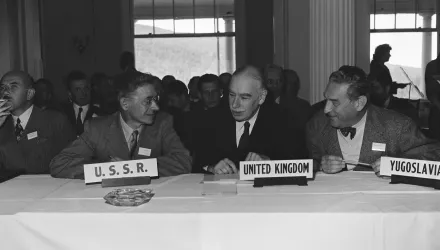International Security is America's leading peer-reviewed journal of security affairs.
Summary
A probe of various regional power nuclear postures reveals that such postures, rather than simply the acquisition of nuclear weapons, can have differential effects on deterrence and stability dynamics. The India-Pakistan dyad is a useful candidate for exploring these various effects because the three regional power nuclear postures—catalytic, assured retaliation, and asymmetric escalation-have interacted with each other in South Asia. In particular, Pakistan's shift from a catalytic posture to an asymmetric escalation posture in 1998 against a continuous Indian assured retaliation posture allows the effects of nuclear posture to be isolated in an enduring rivalry in which many variables can be held constant. The asymmetric escalation posture may be "deterrence optimal" for Pakistan, suggesting that nuclear postures do have different effects on conflict dynamics, but it has also enabled Pakistan to more aggressively pursue longstanding revisionist preferences in India, triggering more frequent and intense crises on the subcontinent. Furthermore, the command and control procedures that Pakistan undertakes to make its asymmetric escalation posture credible amplify this instability. These procedures generate risks to the safety and security of Pakistan's nuclear assets, both at present and as India and Pakistan continue to dynamically evolve nuclear and conventional postures. The conclusions for South Asian and international security of this reality are grim.
Narang, Vipin. “Posturing for Peace? Pakistan's Nuclear Postures and South Asian Stability.” Winter 2009/10





